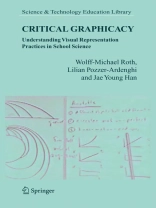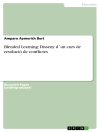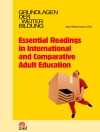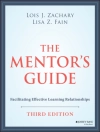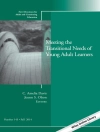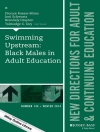School science is dominated by textbook-oriented approaches to teaching and learning. Some surveys reveal that students have to read, depending on academic level, between ten and thirty-six pages per week from their textbook. One therefore has to ask, To what degree do textbooks introduce students to the literary practices of their domain? Few studies have addressed the quality of science curriculum materials, particularly textbooks, from a critical perspective. In this light, we are concerned in this book with better understanding the reading and interpretation practices related to visual materials – here referred to as inscriptions – that accompany texts. Our overarching questions included: ‘What practices are required for reading inscriptions?’ and ‘Do textbooks allow students to develop levels of graphicacy required to critically read scientific texts?’ Some of the more specific questions included: ‘What are the practices of relating inscriptions, captions, and main text?, ’ and ‘What practices are required to read inscriptions in school textbooks?’ That is, we are interested not only in understanding what it takes to interpret, read, and understand visual materials (i.e., inscriptions), but also in understanding what it takes to engage inscriptions in a critical way. It is only when citizens can critically engage with language (texts, speech) and inscriptions that they become knowledgeable users of television, newspapers, and magazines, who can choose or leave aside particular expressions as part of the particular politics that they participate in.
Jadual kandungan
Toward a critical graphicacy.- The work of reading graphs.- Graphicacy and context.- Photographs in biology texts.- Graphicacy in lectures.- Interpretive graphicacy in practice.- Layered inscriptions: what does it take to get their point?.- Semiotics of chemical inscriptions.- Reading layered, dynamic inscriptions.- Epilogue: steps toward critical graphicacy.
